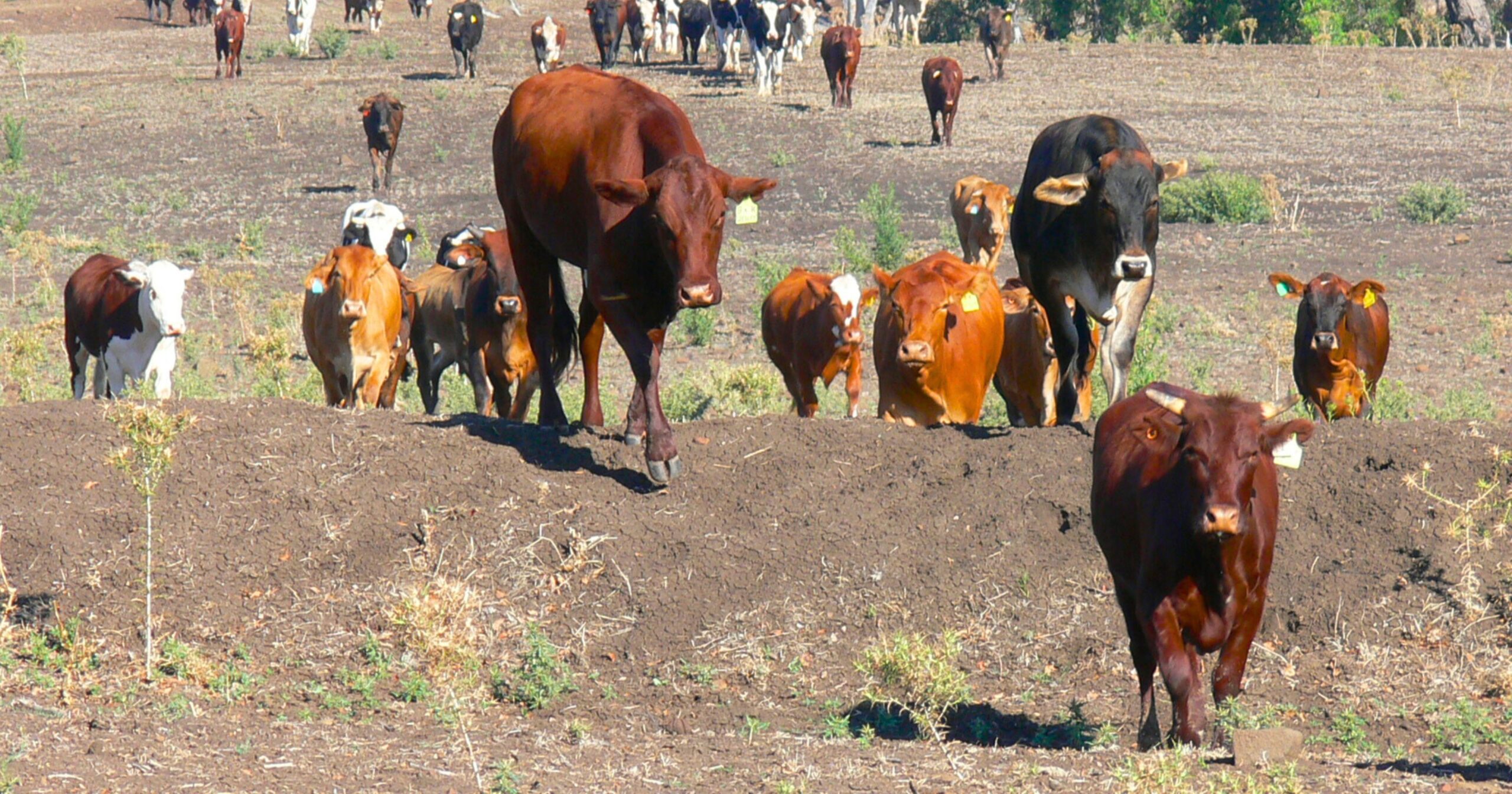Lessons learnt from avian flu outbreak

Prevention: Victorian poultry farmers and families with backyard chickens are remaining vigilant following the 2020 outbreak. Photo: FILE
OVER one-year ago, avian influenza broke out in the Shire resulting in tens of thousands of chickens and turkeys being destroyed, seven months of poultry lockdowns and heightened industry challenges.
The outbreak was the largest of its kind ever in Australia and included two strains – the less virulent H5N2 and the highly contagious H7N7.
The H7N7 virus was first detected in July of 2020 at a Lethbridge free-range egg producer, while H5N2 was located on a nearby turkey farm in early-August.
Poultry farms across Victoria are now free from known cases of bird flu which could have transmitted to humans, but egg producer and Victorian Farmers Federation vice-president Danyel Cucinotta said the sector continues gain an understanding of best biosecurity practice.
“Farmers have implemented additional biosecurity measures since then, from simple and easy footbaths, to wheel washes, to ensuring that their biosecurity plans and log books are in order,” she said.
Separate transportation for birds from different paddocks, and new rearing facilities, are other strategies.
“The most important part of managing the outbreak has been communities getting involved together and everyone understanding the risks, from people with backyard chickens to big commercial producers,” Ms Cucinotta said.
“Everyone has a role to play with prevention of something like an AI outbreak.
“Good open communication is half the battle, from the government and from egg farmers moving forward. We’re happy it’s a year on without another outbreak, but we’re vigilant.”
It has been proven that wild birds migrating and defecating over farms caused the outbreaks, with chickens and turkeys “pecking at the manure,” and then bringing the diseases into barns.
The outbreak ended in February of this year when an Agriculture Victoria order on a control area mostly west of Lethbridge was lifted.
Minister for Agriculture Mary-Anne Thomas said farming communities, scientists and enterprises’ response to the outbreak was “sensational.”
“It meant we could eradicate avian influenza from poultry flocks in Victoria,” she said.
“We must remain vigilant to minimise the risk of emergency animal and plant diseases in Victoria and protect our agriculture and environment from the impacts of pests and diseases.”


















